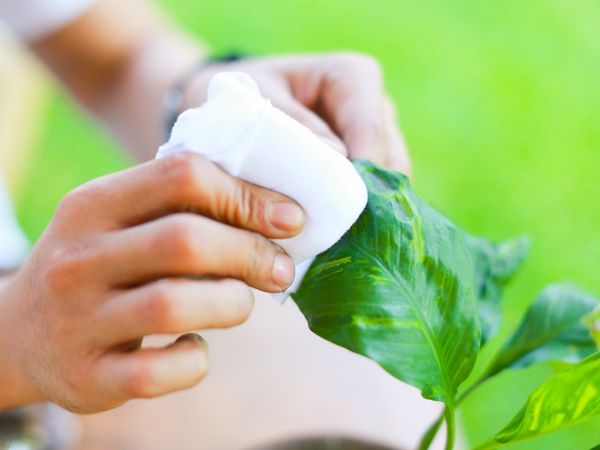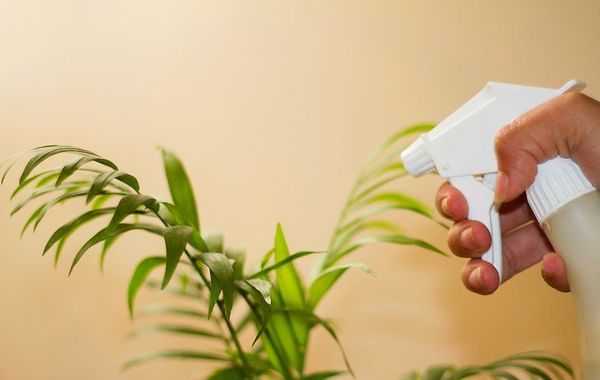How and why to maintain the hygiene of indoor plants
Content
Influence on the condition of the plant
By keeping your indoor flowers hygienic, you will help them stay clean and healthy. Since dust remains on the leaves of flowers indoors, the process of photosynthesis and gas exchange is disrupted, and plants cannot function normally. Also, if the flower pot is in a stuffy room (for example, in the kitchen), such procedures help to increase the humidity level.
In addition, timely inspections and spraying help detect pests, if any. So don't underestimate the importance of hygiene for your home flowers.
Video "Fertilizers for indoor plants with your own hands"
From this video you will learn how to properly feed indoor plants and how to make fertilizers.
Necessary procedures
So, what procedures should be followed to keep your plants always clean and healthy, and how are they different?
Wet cleaning
From time to time, you need to wash your flowers to keep them fresh. In the warmer months, plants should be washed every two weeks. In winter, this procedure is rarely carried out, since the plants are in the dormant stage.
How are flowers washed? You can wash the leaves under the shower (under a weak jet pressure) or gently pour them from a watering can. The water should be at room temperature, and in no case should it be cold. During the procedure, the soil must be covered with a waterproof film. Also wipe the sheets with a dry cloth if you rinsed them with tap water (otherwise lime stains will appear).
If the leaves of the flower are heavily contaminated, it is better to wash them with soapy water. Do not be afraid, such a procedure will not harm your plants and will be able to remove all dust and dirt if there is too much of it. It will also be an excellent prophylaxis against pests.
After you wash the flower with soapy water, be sure to wash it with clean water. This procedure is allowed to be carried out no more than once a month, and make sure that the solution gets only on the leaves, and not on the soil.
You can also periodically wipe down your plants with a damp cloth or sponge. Gently wipe each leaf without pressing on the sponge. It is also not recommended to rub the leaves with great force, since this can cause mechanical damage to them. Wipe the foliage from the outside and from the inside, gently placing the leaf plate on the palm of your hand. This is a good alternative to showering and will help get rid of the dirt on your flowers.
Dry cleaning
This method is used before washing flowers, as well as for those plants that cannot be washed or sprayed with a spray bottle. These include, for example, cacti, as well as plants with pubescent or folded leaves. The procedure is carried out using an ordinary blush brush, which is very convenient for brushing off dust particles from the leaves.
Spraying
All plants can be sprayed, except for those with pubescent foliage. For spraying, use soft, settled water at room temperature.When using regular tap water, lime stains form on the leaves of the flowers, which can affect the health and appearance of the flower.
When spraying, a spray bottle is used, and the smaller the droplets, the better. If you spray during the flowering period, be careful not to get the buds wet.
Frequency and timing of procedures
Spraying and washing flowers is carried out in the warm season, about once every two weeks. In winter, the flowers have a dormant period, so it is better not to carry out such procedures.
If your flower is on the windowsill, then spraying is carried out either early in the morning or in the evening, after sunset. In any case, it is highly undesirable for the sun's rays to fall on wet leaves, because this can cause burns to the flower.
Any time of the year and day is suitable for dry cleaning. The frequency of the procedure is determined by the degree of contamination of the leaves.


